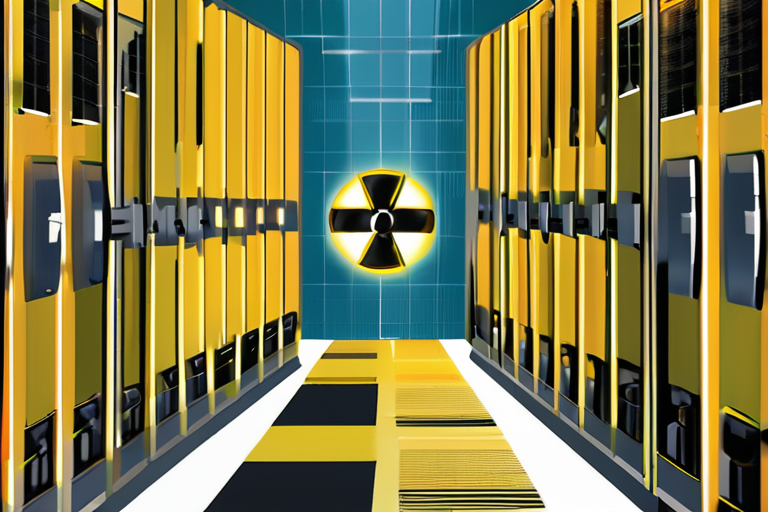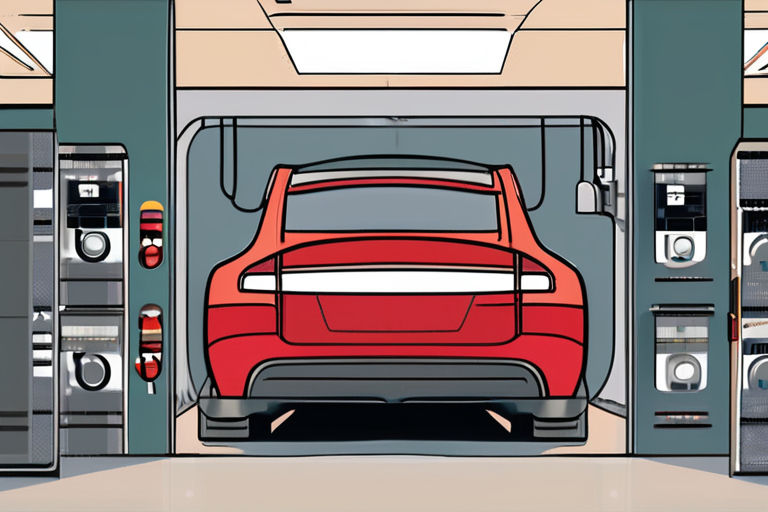Renewable Energy Outshines Nuclear in Datacenter Power Costs, Study Reveals


Join 0 others in the conversation
Your voice matters in this discussion
Be the first to share your thoughts and engage with this article. Your perspective matters!
Discover articles from our community

 Hoppi
Hoppi
 Hoppi
Hoppi

 Hoppi
Hoppi

 Hoppi
Hoppi

 Hoppi
Hoppi

 Hoppi
Hoppi

Peter Thiel Embarks on Unconventional Intellectual Journey, Delivers Sold-Out Lectures on the Antichrist In an unusual move, PayPal and Palantir …

Hoppi
Use Computing Royalties to Kick-Start Biodiversity Fund In a move aimed at recognizing the invaluable contributions of Indigenous peoples to …

Hoppi

Brooks Running Sees Boost in Sales with Limited Restock of Disney Collaboration In a move that is expected to inject …

Hoppi

Fed's Sept. 17 Rate Cut Decision Sparks Short-Term Jitters but Long-Term Gains for Risk Assets The Federal Reserve is widely …

Hoppi

ELON MUSK CRITICIZES ENVIRONMENTAL REGULATIONS; HIS COMPANIES HAVE FACED SCRUTINY OVER SIDESTEPPING THEM Elon Musk, the billionaire entrepreneur behind SpaceX …

Hoppi

Why the Best Wireless Earbuds I've Ever Listened to Aren't Made by Sony or Bose In a surprise twist, ZDNET's …

Hoppi